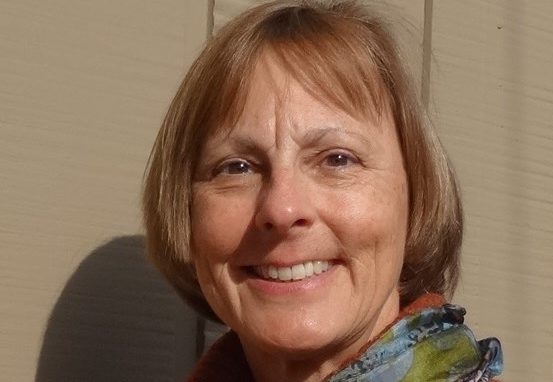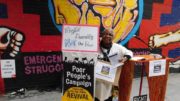Transit coalition says it has a better strategy for Sacramento
By Glenda Marsh
The Sacramento Transportation Authority is considering a 2020 half-cent sales tax ballot measure for transportation. Our county faces many transportation challenges: deferred maintenance, unsafe roads, traffic congestion, increasing public demand for more transportation choices and stringent air quality mandates to protect us from our number one pollution source—vehicles.
So what should we expect from spending the $200 million a year expected to be raised by the new tax measure?
To help answer this question, leaders from business, labor and community organizations, plus public health, environmental and active transportation advocates formed Sacramento Metro Advocates for Rail and Transit and the SacMoves Coalition. Together, we envision a future where most county residents can live and work within walking or biking distance or a transit stop from everything they need. The proposed sales tax measure will shape our transportation system for generations. This is why we urge the STA board—which next meets Thursday, Jan. 9—to meet our transportation challenges with a spending plan that provides benefits from mass transit, bike and pedestrian infrastructure. We have provided STA with such a plan, available at facebook.com/groups/1012985222384978.
The STA’s failed Measure B in 2016 did not anticipate rapidly evolving transportation systems or climate change imperatives. Its list of disconnected projects did not enable our county to leverage state and federal transportation funds. While STA’s just-released draft expenditure plan moves in the right direction by identifying transit and rail as congestion relief projects, it’s still rooted in the past by not showing how it would prioritize and integrate different transportation modes and thereby advance our transition to safe, sustainable and free-flowing transportation.
In contrast, our plan shows how congestion and air quality can be tackled by investing first in fixing roads and expanding transit. Transit should be the top priority for congestion relief along our freeways where light rail already operates, as well as on major roads. To ensure local streets provide more choices for local trips and accessing transit, 10% of funding should be dedicated for bike and pedestrian projects and to make local streets safer.

The STA should adopt the SMART/SacMoves plan because it is consistent with two recent regional efforts. First, the Sacramento Area Council of Governments board recently adopted our region’s 2020 Metropolitan Transportation Plan/Sustainable Communities Strategy, linking our land use, air quality and transportation. To achieve the plan’s goals would require the region to spend 50% of its future transportation money on fix-it-first road projects and 50% on transit.
Second, the Mayors’ Commission on Climate Change’s preferred strategy states that “funding should be proportionally allocated to make possible [even more ambitious] mode shift targets.” Also, state and federal climate change laws and policies compel a transition from building new roads to a fix-it-first and transit model. The STA board should deliver an expenditure plan consistent with this visionary leadership.
How will we move forward on such serious imperatives? Consider how technology and state-of-the-art energy and water conservation practices have allowed California to serve a growing population without increasing the amount of water or energy consumed. So, too, cities and counties across the state are using resident- and business-focused policies to retool existing transportation systems to transport more people more safely and affordably, while decreasing dependence on single-occupancy vehicle trips.
By adopting the SMART/SacMoves plan, the STA board would show it has a state-of-the-art plan for getting us from here to there.





I highly support Glenda Marsh strategy for Sacramento Transportation as a solution for better air quality and saving our environment.